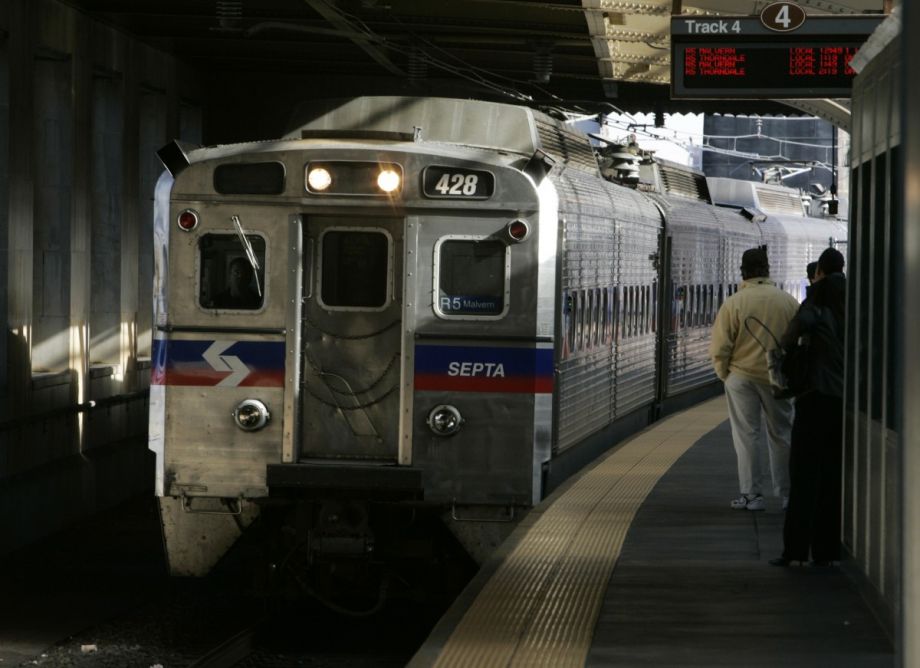One area of the Philadelphia region shines like no other in the United States: regional rail infrastructure. When it comes to the suburban railway networks, which radiate out from Center City Philadelphia, through the city’s leafier neighborhoods and then into the vast suburbs, Philadelphia is more like Paris or Tokyo, and generations ahead of New York City. It has the tracks, tunnels and viaducts to run more like a subway than the expensive and infrequent traditional American commuter rail of cities like New York, Boston and Chicago.
Unfortunately, there’s a catch: We built the thing, but we never flipped the switch. The region built the most impressive piece of regional rail infrastructure that North America has ever seen, but its transit agency, SEPTA, never adapted its operating style to make anywhere near full use of it — whether because of a resistance to change among management or among the unions (who do not hesitate to strike when they see their interests threatened).
The key to the fully electrified regional rail network (that fact alone is fairly impressive in a country that’s only half-heartedly embraced electric trains) is the Center City Commuter Connection, a tunnel through the heart of the region.
Before the Center City Commuter Connection, which opened in 1984, the region’s arrangement was like New York’s, with each set of lines getting only one station, Penn Station or Grand Central, and no connections to trains to the suburbs and other cities from the other set of lines. But now, trains can whiz from one end of the region to the other, offering passengers in suburbs on both ends access to three different stations in Center City.
To build this nowadays would be all but impossible. Transit infrastructure costs have spiraled out of control, and even where there is the money, as in New York, connecting to the two main train stations with a commuter rail tunnel and merging the railroads on either end, as SEPTA did decades ago, is far too complex of a task for sclerotic and provincial transit agencies like New York’s MTA.
In any case, it doesn’t seem to have done Philadelphia much good. While all trains now stop in all three downtown stations, and the network has been fully electrified, the main feature of such infrastructure — being able to pare down staffing to metro-like levels, and with the extra cash run many more trains — has never been attempted in Philadelphia.
Right now, each train has at least three employees on board — the driver plus two (or more) ticket-taking conductors. Trains and tracks may seem like the most significant part of any railroad, but when it comes to the operating budget, humans are the far costlier item, and staffing levels are the primary determinant of how frequently trains can run.
Right now, with three employees aboard each train, SEPTA can only afford to run two trains per hour during the middle of the day from Center City Philadelphia to Bryn Mawr, the Main Line suburb where I grew up, and the ticket price is very steep ($5.50 if you buy your ticket downtown, but if you’re starting your trip from the ‘burbs during the middle of the day, when the ticket offices aren’t open, it’ll set you back $7 for a 20-minute, one-way ride).
Cut the number of employees to just one (the driver) and run ticketing on an honor system, and SEPTA’s frequency could easily be doubled, and ticket prices dropped. Four trains per hour during the middle of the day would mean that you could just show up to the station and expect a train within, at most, 15 minutes, as opposed to the current schedule when you can wait half an hour or more without seeing a train. The fare could also likely be dropped, as operating costs fall and revenues rise as riders flock to the more frequent service, especially for trips outside of the normal commuter rail sweet spot (into the city in the morning, back home at night). This includes trips within the outer areas — from, say, Bryn Mawr to Ardmore, or from Newark to Wilmington in Delaware — as well as trips on weekends and during the middle of the day.
The pain that this would cause among the ranks of the conductors — who enjoy jobs that pay far better wages and benefits than any private-sector job targeted at the same skill level — could be somewhat mitigated by retraining many as drivers, and by phasing the change in slowly, thinning the ranks by attrition as the older conductors retire and newer ones aren’t hired, rather than layoffs.
A regional rail network run on European operating principles would unite the city and suburbs, offering suburbanites transit both between their own neighborhoods and into the city, and Philadelphia residents access to reverse-commuting jobs scattered throughout the region. City-dwellers along the lines, in dense neighborhoods like Manayunk and Germantown, would finally get the transit that they deserve, with frequent service throughout the day and at night, and prices on par with the other forms of rail that SEPTA operates.
It would cost New York City tens of billions of dollars to create the infrastructure that Philadelphia already has — it’s about time to start actually using it.
The Works is made possible with the support of the Surdna Foundation.
Stephen J. Smith is a reporter based in New York. He has written about transportation, infrastructure and real estate for a variety of publications including New York Yimby, where he is currently an editor, Next City, City Lab and the New York Observer.

















